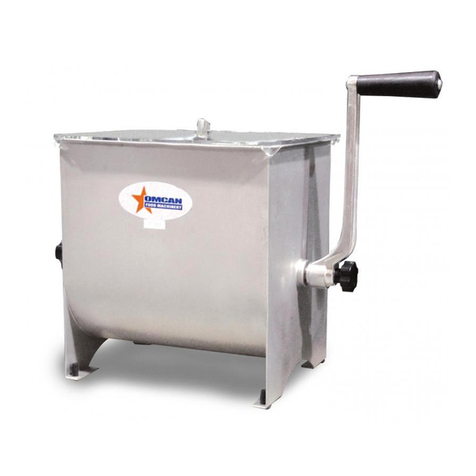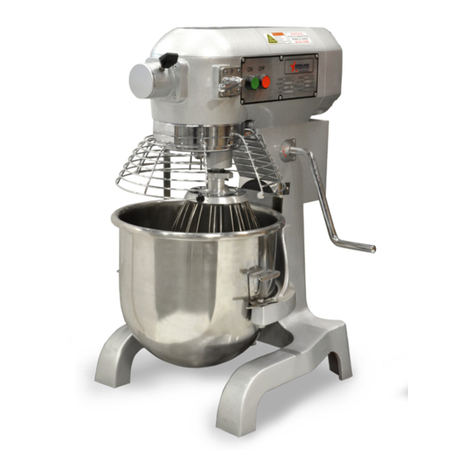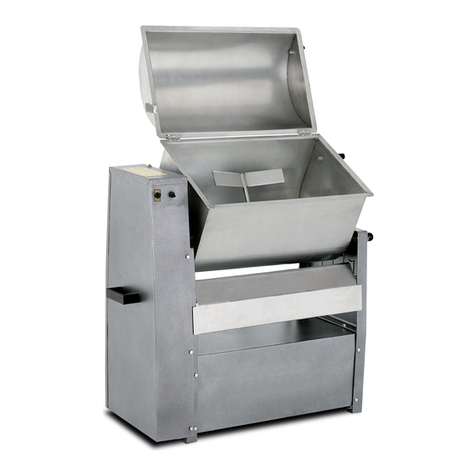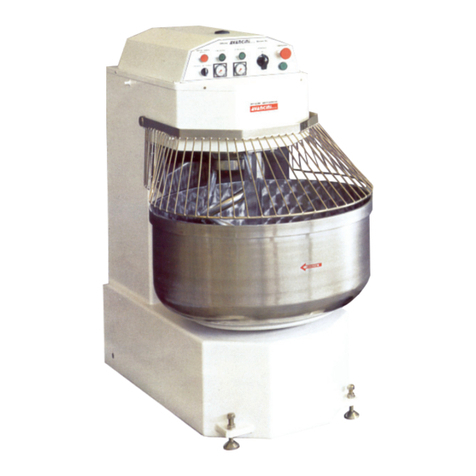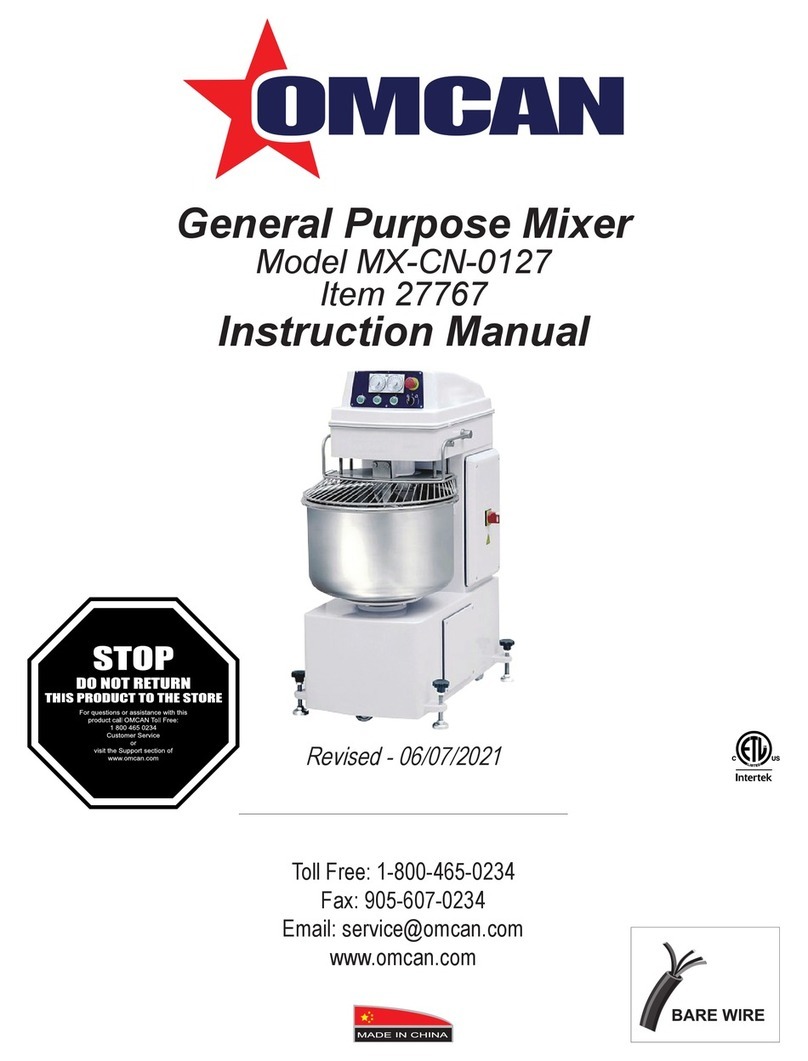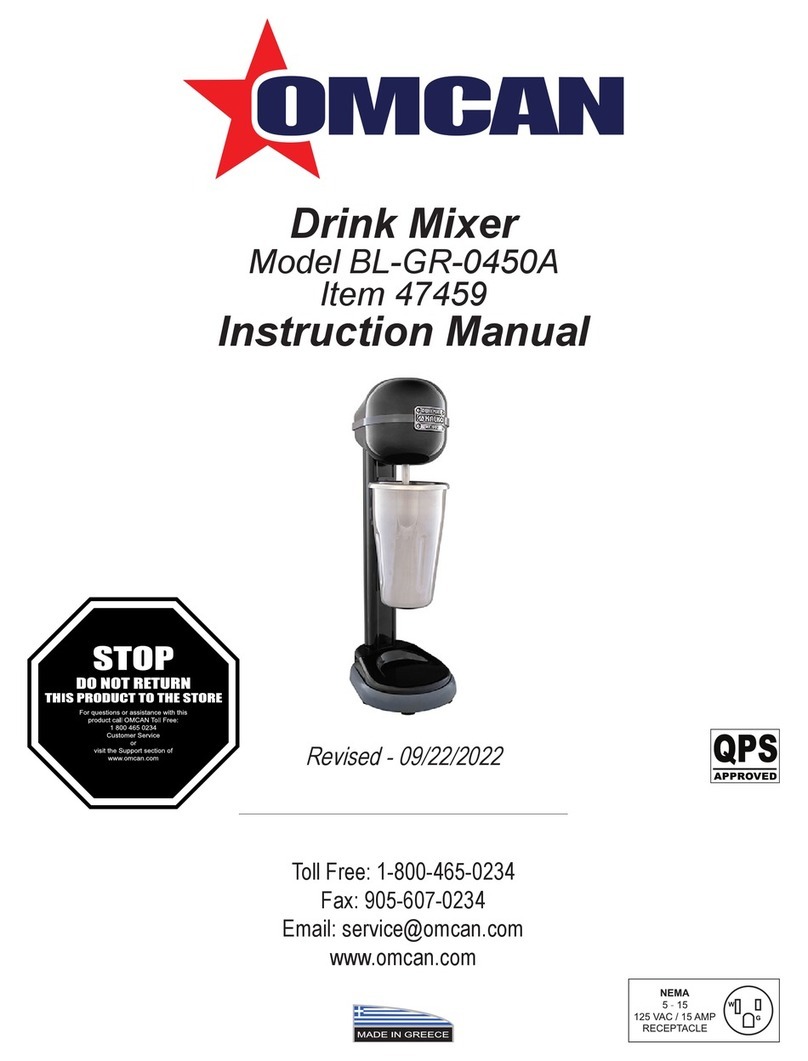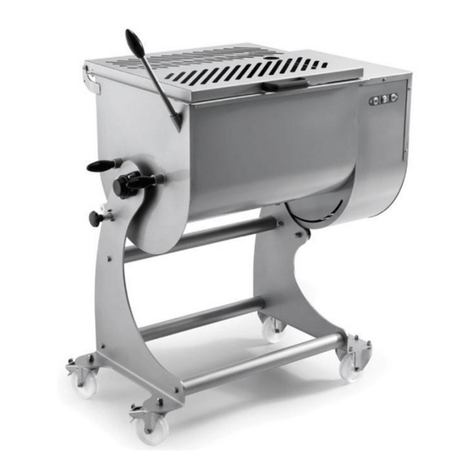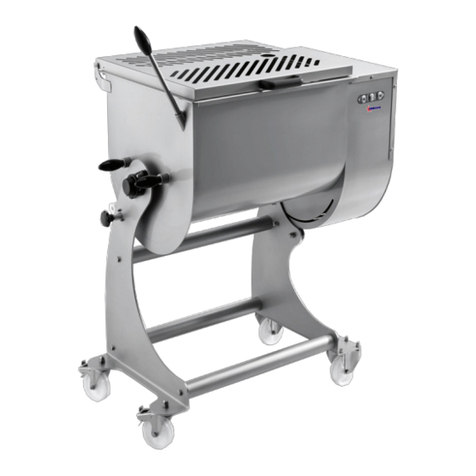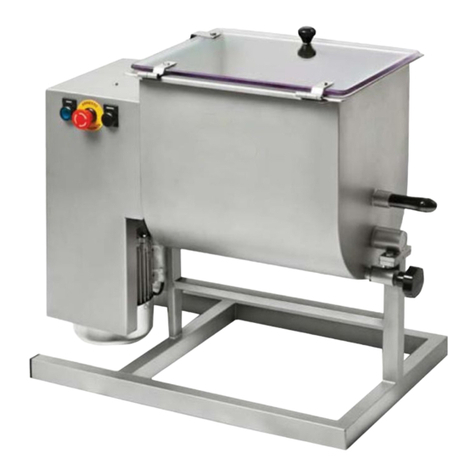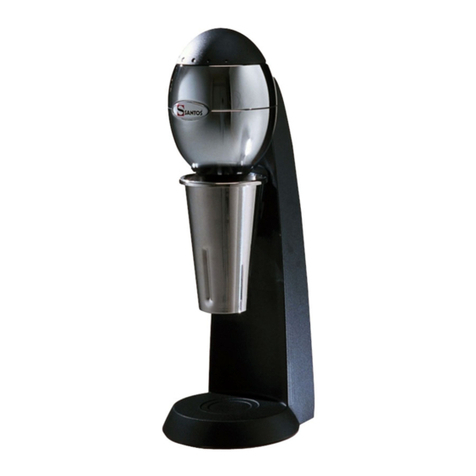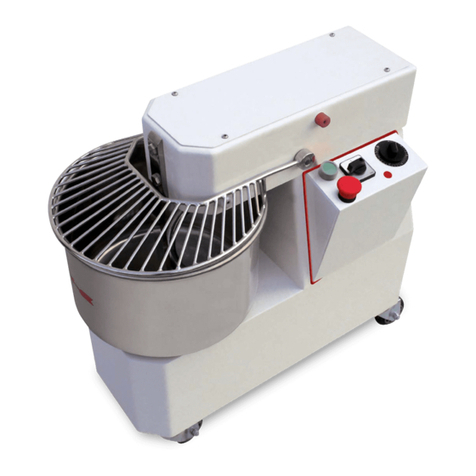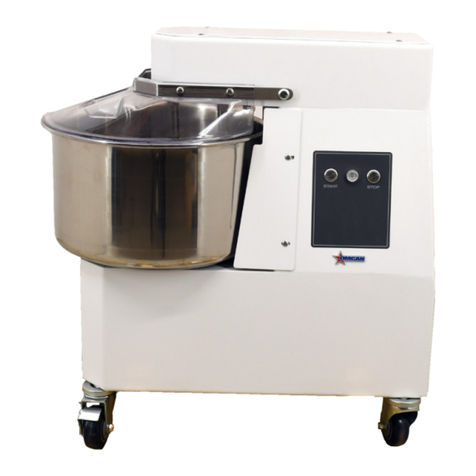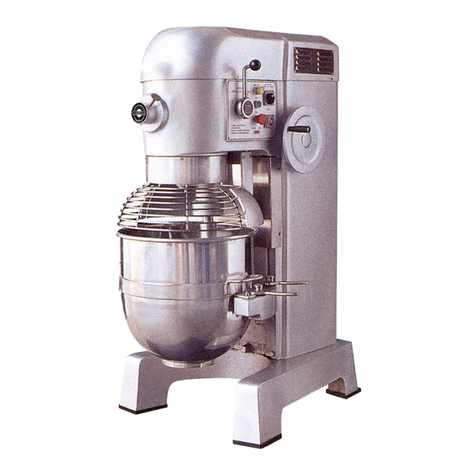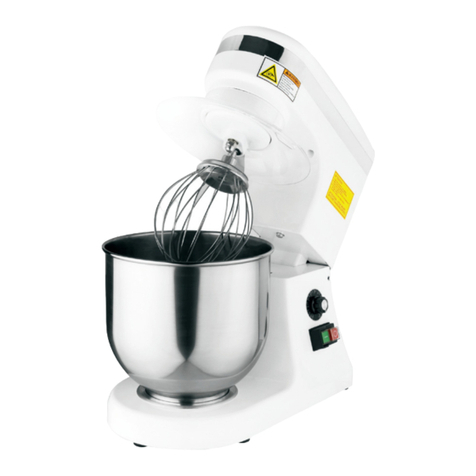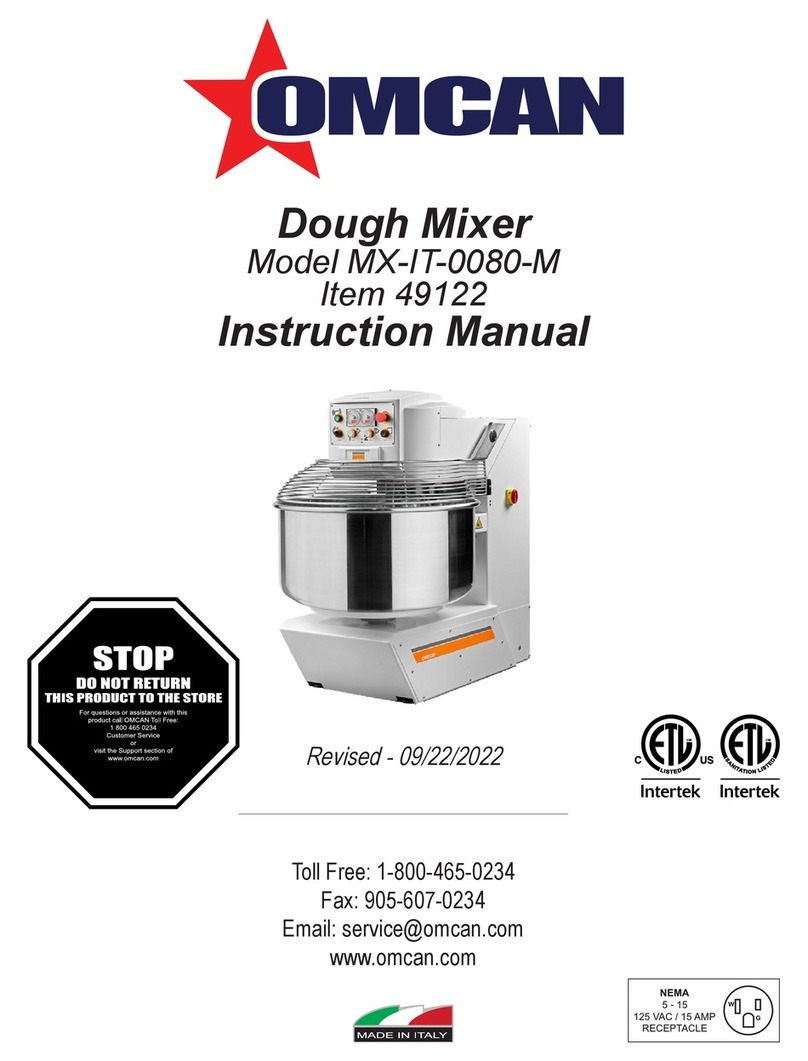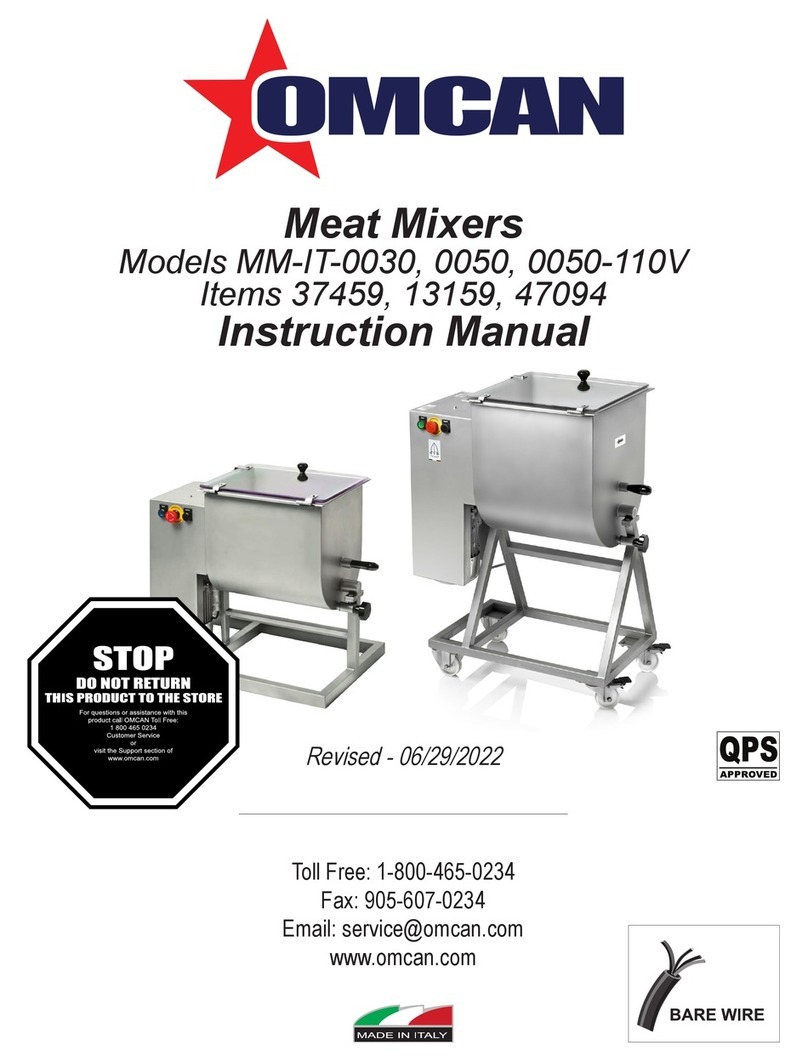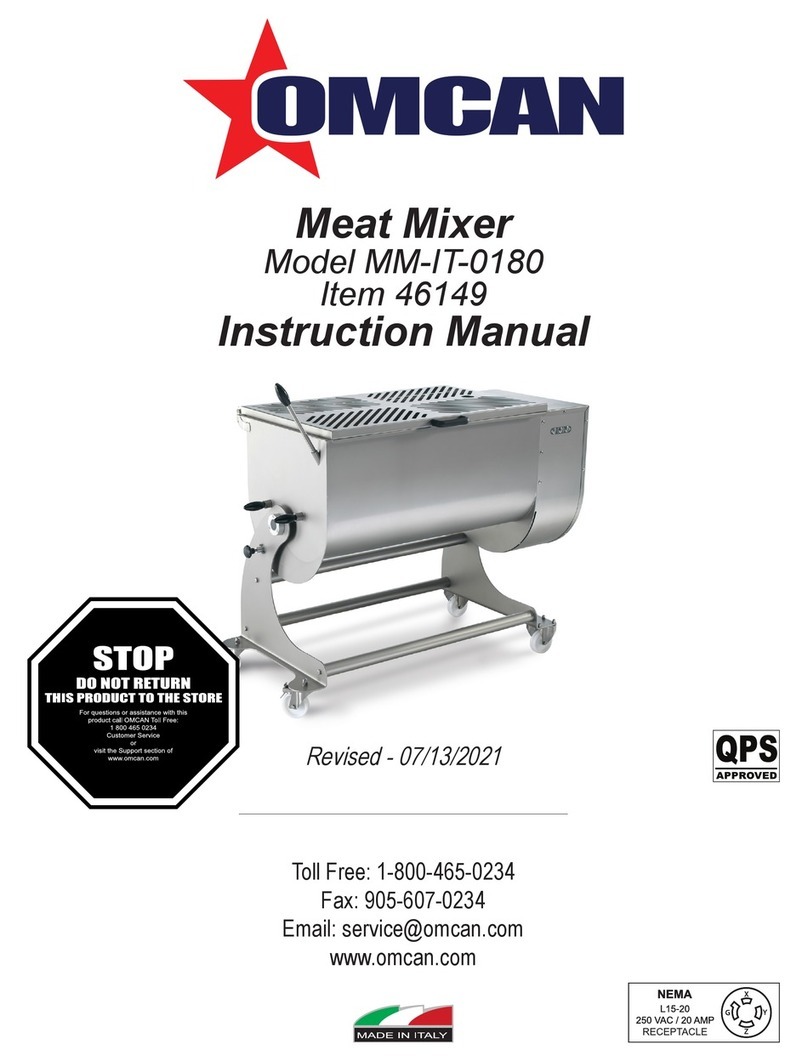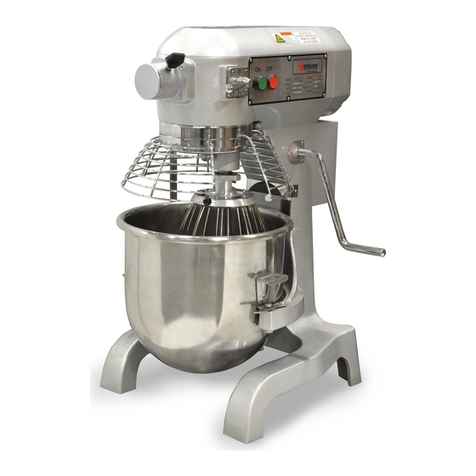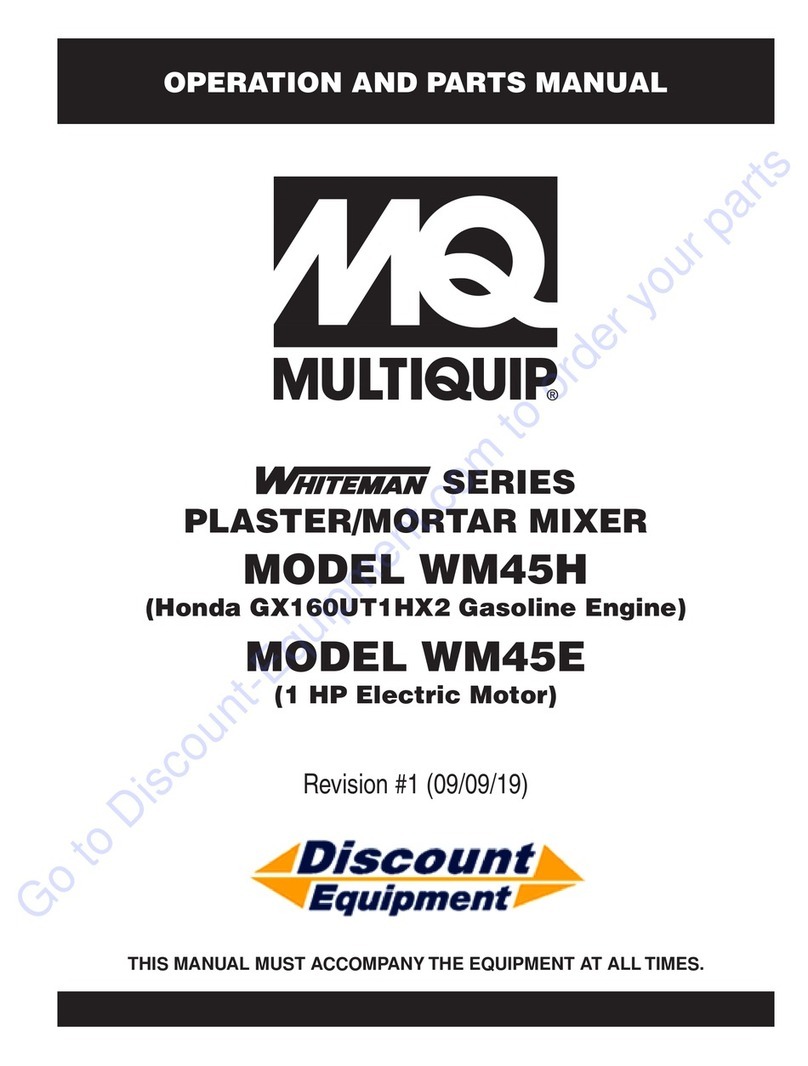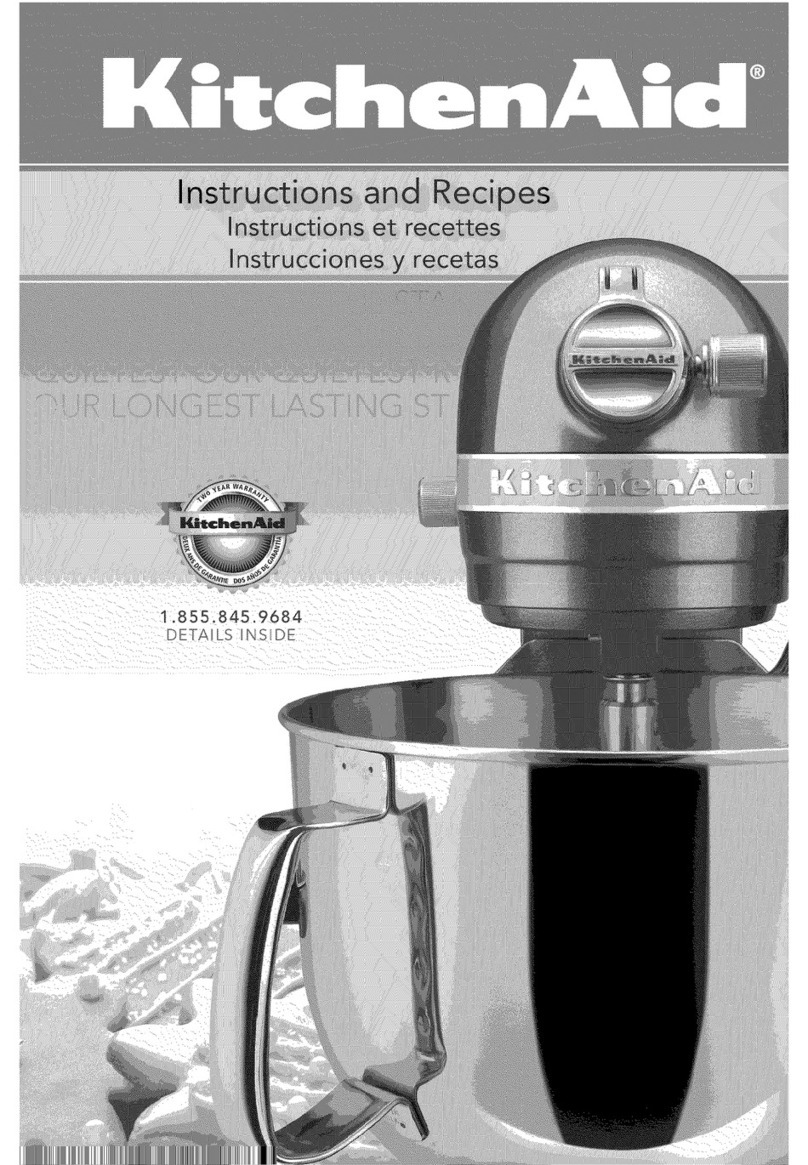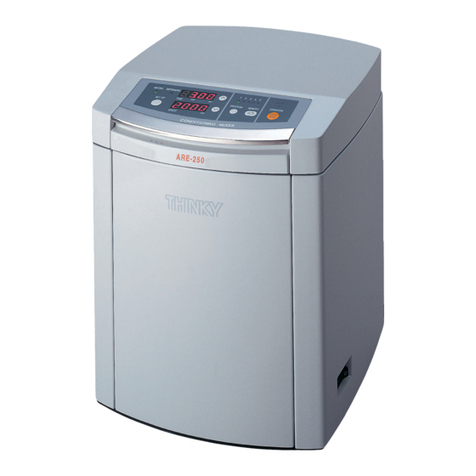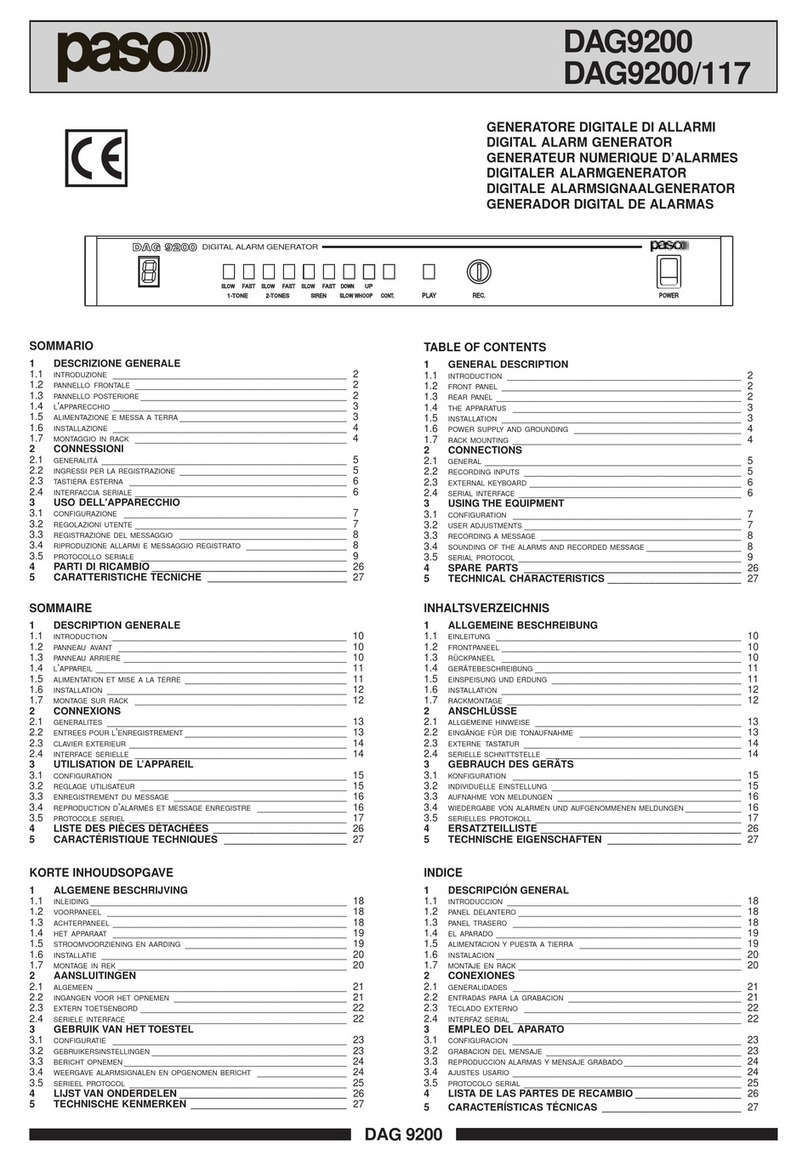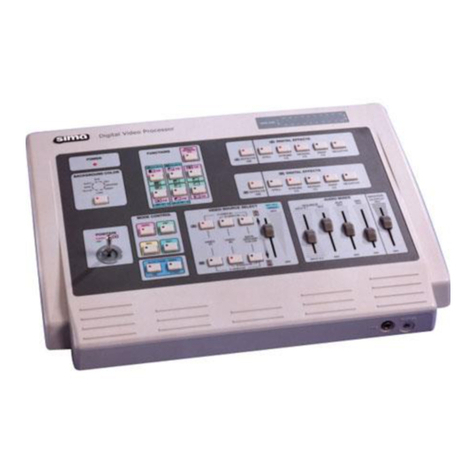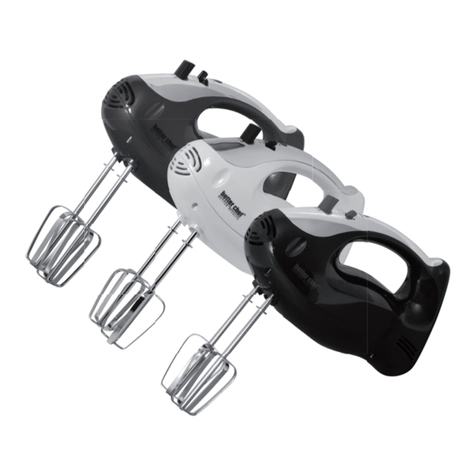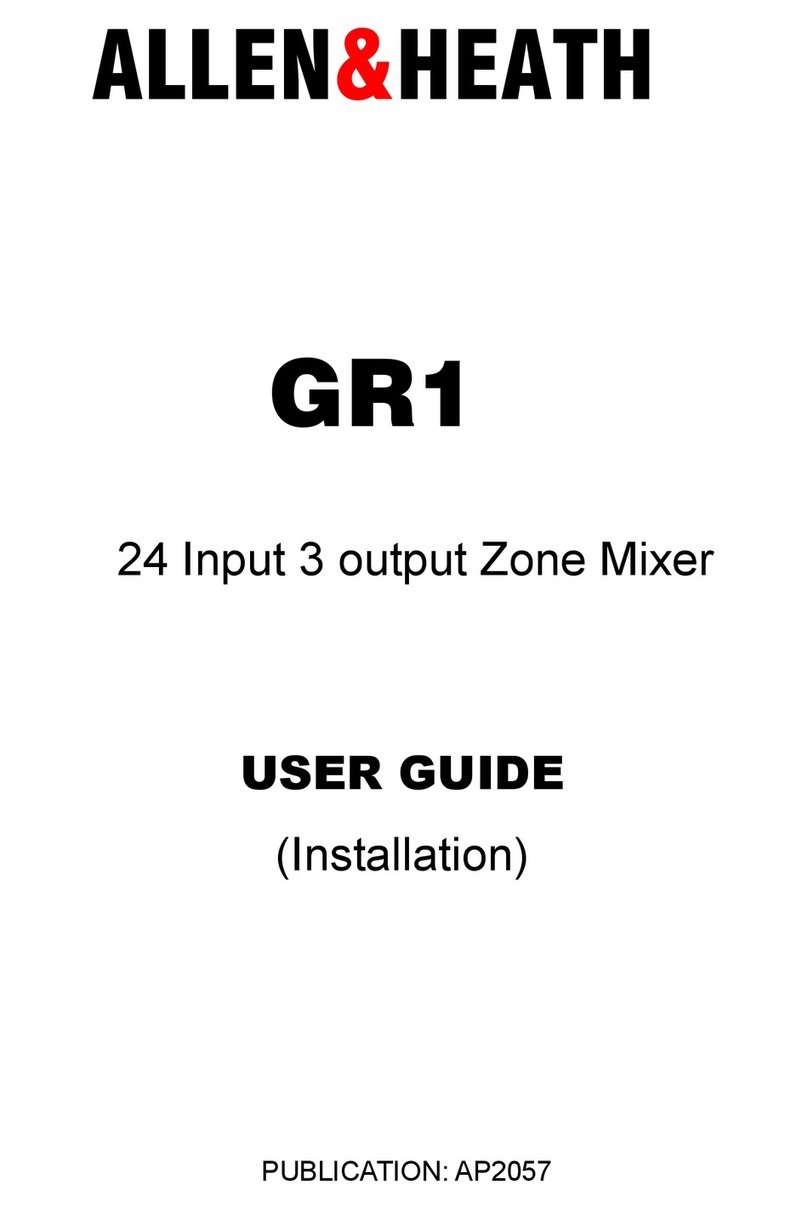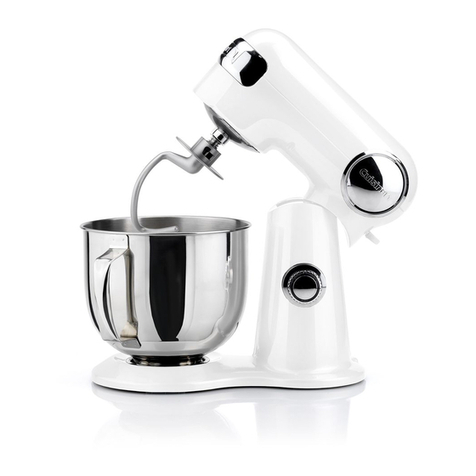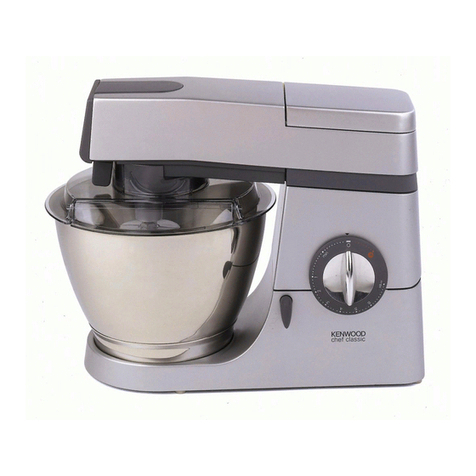
5
Safety and Warranty
reduce possible risks as much as possible.
• Fit all protectors back in their place and activate all safeties as soon as the reason for removing/disabling
them has been resolved.
• Do not operate the machine for any application, and/or with any load, and/or in any other way that actually
described and allowed by the manufacturer.
• Perform daily check-ups of the machine safeties, oil levels (if applicable), and ecient operating status.
• Ensure daily, thoroughly cleaning of the machine.
• Undertake any adjustment, cleaning, and maintenance intervention on the machine strictly after having
taken adequate measures to prevent any, even accidental restart of the machine by other thirds.
• Ensure compliance with the EC Directives and national local rules and regulations on safety of the work
places, including but not limited to safety signage, food hygiene, workers’ safety and health, personal
protection devices, and environmental safety.
• Ensure compliance with the admissible climate and operating conditions, including max 90% RH, ambient
temperature between 5 and 40 °C [35-54 °F], and max 1000 m altitude above see plane.
• Employers are to provide their employees with extensive training and information on the correct and safe
use of the machine.
• Operators should wear snug-tting tear-resistant work clothes; loose clothes, shirts, bracelets, chains etc.
increase risk of snagging; Long hair should be gathered and held for instance under a cap. Your work
clothes should comply with the hygiene standards for food processing areas.
• Do not allow thirds into the room where the mixer operates, and prevent unauthorized sta, and children
from getting in accidental touch with it.
• Should the machine work in tandem with another equipment or be integrated into a more complex
production line, the manufacturer of such other equipment/line shall be responsible for assessing and
evaluating the occurrence of any areas of further or bigger risk resulting from the actual application and
implement any measure as it may be eventually needed to remove or minimize these risks. Ensure
consistent compliance with all applicable Laws, Directives, and provisions (in particular, the EC Directive
42/2006) and supply your statement of compliance to all statutory requirements.
• Strictly use original spare parts for replacement works on the machine. Original spares are available from
Omcan only. Your use of non-original parts will waive all liabilities of Omcan for possible damages/injuries
to persons, animals, or other assets.
• Do not alter or modify the machine without prior approval of the manufacturer. This will release the
manufacturer from any liability for eventual damages to persons, animals, and/or assets.
Omcan will not accept any liability for damages/injuries to persons, animals, and other assets not loss of
production capacity that may directly or indirectly result from any of the following situations:
• Use of the machine for other purposes or in other ways than described in this manual.
• Non-compliant set up and installation of the machine dierent from this manual.
• Use of the machine by untrained sta, or personnel without due qualication for a correct and safe use of
this mixer.
• Use of power supplies that are insucient or dierent than stated in this manual and/or its annexed (i.e.
wiring diagrams).
• Lack of maintenance or poor maintenance or lack of compliance with the maintenance instructions in this
manual.
• Full or partial non-compliance with the instructions in this manual.
• Modication of the machine and its original features, conguration, and equipment without prior approval of
